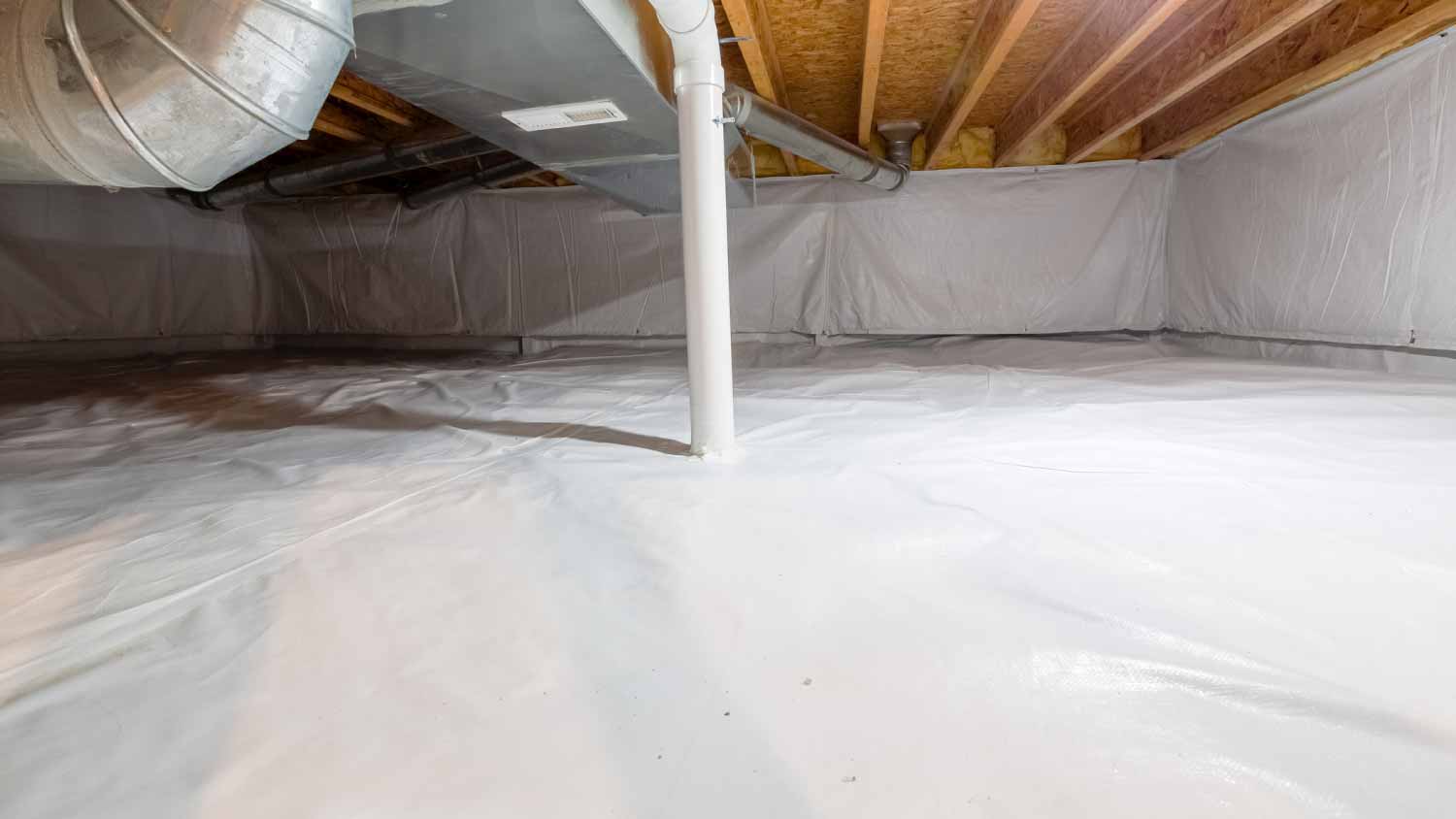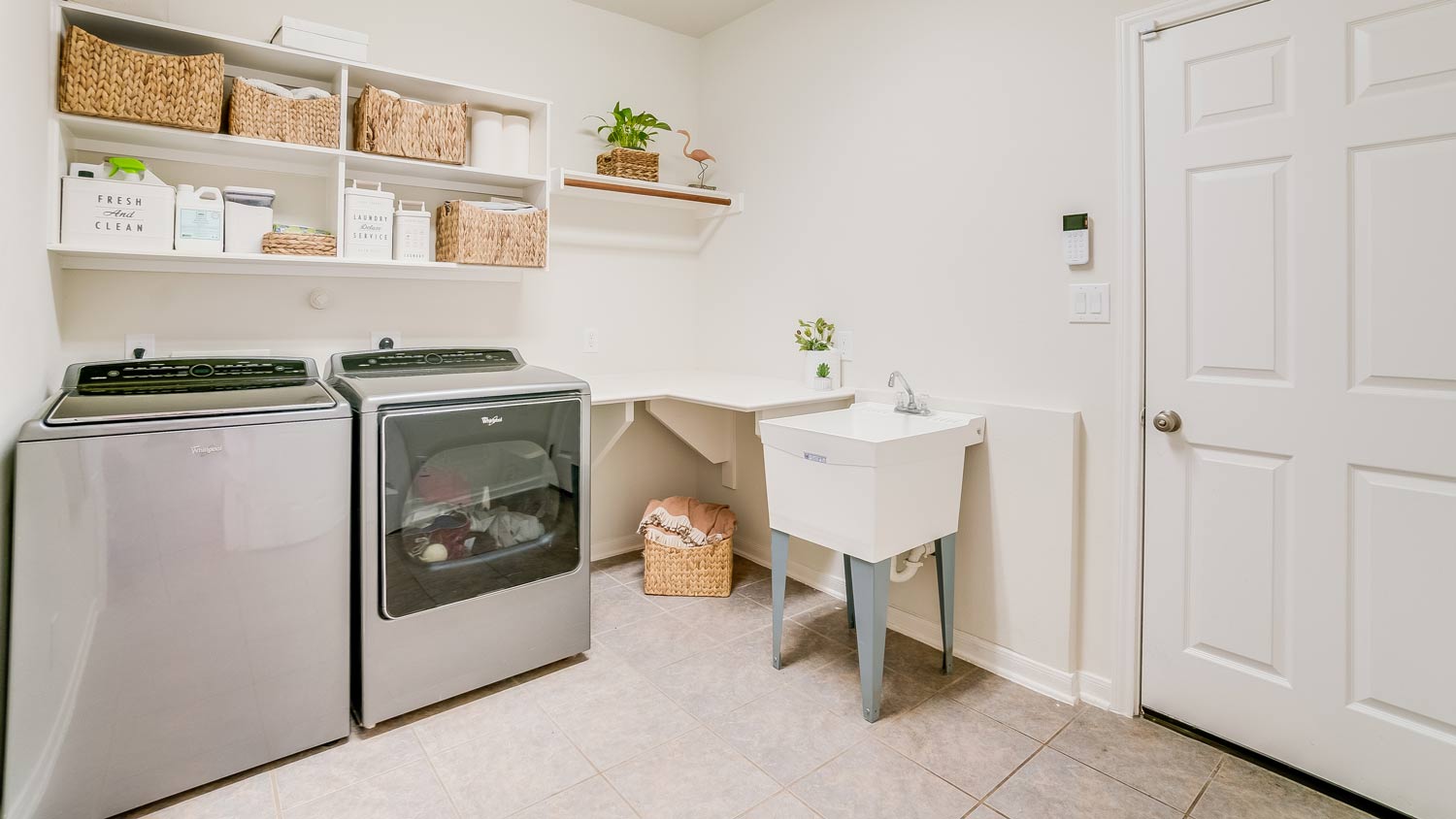
The cost of installing a wine cellar varies based on square footage, the type of wine cellar or wine cave, materials used, where it is located in the property, and where you live. Use this guide to find how much your wine cellar will cost.
Digging a giant hole is just one step


Turning a crawl space into a basement is a huge project.
Converting a crawl space into a basement can increase your home's living space.
The project costs at least $60,000 and possibly over $200,000.
Numerous professional services are necessary to complete the job.
Other ways to increase your home's living space may be available to you.
Turning a crawl space into a basement to add living space to your home is possible. But the project is a major undertaking that requires the expertise of a well-qualified contractor with experience. There are almost no parts of the project—save the finishing work when the construction is complete—suitable for DIY participation. Here's what you need to know to turn your crawl space into a basement.
Generally, yes, a crawl space can be turned into a basement. It can be a long and expensive project that will require hiring a professional, but it also gives youae chance to expand your living space and increase your home’s value.

While turning your home's crawl space into a basement has some excellent advantages, it also has some drawbacks. When deciding between a crawl space versus a basement, consider the pros and cons of each scenario.
| Pros | Cons |
|---|---|
| More living space | It is expensive to convert |
| Increased home value | You have to move out during construction |
| Space for entertainment and storage | Potential for things to go wrong |
| Easy access to home mechanicals |
The benefits of crawl space conversion allow for a true transformation of a home.
Creating new living space where your crawl space once was allows you to expand the finished square footage of the house without enlarging its footprint. It's an excellent solution if your city doesn't allow you to increase your home size on the lot, and you don't have the option to go up by adding another story.
More finished square feet means increased property value. However, estimating a return on your investment is challenging and will differ for each homeowner and by location. While remodeling a finished basement can offer an excellent ROI, the cost and the variables involved in converting a crawl space to a basement require entirely different math.
While a crawl space offers limited, sometimes precarious storage opportunities, a basement has more potential for storing things you may not always need accessible. Plus, basements can be great entertainment areas, giving you a chance to host family and friends—you can’t hang out with your loved ones in a crawl space.
Should you need to repair or adjust your plumbing or home mechanicals, a basement makes these things easily and safely accessible, so you don’t have to worry about running into issues when repairs are needed.
As with most home projects, crawl space conversions also have drawbacks worth considering.
One major drawback of converting a crawl space into a basement is the hefty price tag. You should be certain this is what you want for your home before beginning, and make sure the project is feasible for your budget.
Because crawl space conversion is such a big project that involves structural changes, it is not safe to live in your home during construction. You’ll have to find an alternative place to stay, which can be inconvenient or even costly.
Once again, this project is a major structural upheaval. This means there is a high chance things could go wrong and end up costing you more money, delaying the process, and inconveniencing your daily life further.
Turning your crawl space into a basement is a significant investment. The average minimum cost to dig out a basement and create a livable space is $60,000. However, a more realistic number lies somewhere between $60,000 and $150,000, with $200,000 or more not out of the question.
Turning your crawl space into a basement takes plenty of time, effort, and assorted experts. Expect the project to last from several weeks to a few months. A qualified local basement remodeling contractor can better estimate how long your project will take. They'll also know which subcontractors to hire throughout the project and when. Here's how they'll do it.
Start with a professional inspection of your home by a structural engineer and your contractor to see if the project is possible. They will use architectural drawings, site plans, and construction plans to meet permit requirements and apply for a building permit.
According to data from Angi, most homeowners are looking for input from a professional, with around 57% wanting a recommendation and about 37% of homeowners wanting sketches or a basic idea for a project. Take a look at how other homeowners feel about prep for a basement remodel.
Your home's foundation will be going away for a while until the new one is complete. Depending on the construction plans and structural engineer's report, your contractor will need to build a scaffolding or similar structure to support the house during the digging and construction process, which involves lifting and supporting the house enough to make room for the next steps.
The pros will use a combination of heavy machinery and manual labor to remove the soil from the former crawl space. The hole will have to be increased to accommodate the basement walls and new foundation footings.
They will construct the new footings, basement walls, and floor slab and allow them to cure for up to one month.
Before backfilling, you’ll pay for the cost to waterproof the basement, and the pros will install a drain system if necessary to avoid future problems or the need to retrofit a drainage system.
They will place the house onto its new foundation and your new basement. Then, they will install stairs to the home's first floor, exterior windows, plumbing rough-in, and electrical and HVAC components.
They will build the interior walls and install drywall, flooring, ceilings, fixtures, and the rest of the plumbing, electrical, and HVAC before painting and installing trim work.
While digging down to add living space to your home is sometimes the best solution, several alternative remodel types may be at your disposal. Consider exploring these other options and compare the costs, benefits, and limitations of each to see if turning your crawl space into a basement is the best route.
Average home additions cost around $50,000. However, the price range is vast and depends primarily on the size and style. Installing an addition that adds as much livable space as a converted basement can be challenging and will likely be close in price. However, you may not have to move out of your house during the remodel, and the project is much less intrusive on your lifestyle during construction.
Installing a second story onto your home is another massive remodeling project. The national average cost for a second-story addition is $175,000. That amount rivals the cost of turning a crawl space into a basement. One benefit is that adding as much new living space as a new basement is often possible. Your home can also avoid the risk of suffering damage from lifting and resting on a temporary foundation during the process.
Adding a second smaller home to a residential lot is becoming popular nationwide. They go by names like secondary dwelling units or accessory dwelling units (ADUs). While these buildings don't typically attach to the house, building or buying one could be an option, depending on how you plan to use the additional space. ADUs range in price from a few thousand dollars to over $100,000.
Whatever your motivating factor is for considering turning your crawl space into a basement, the underlying problem is typically that your family needs more space. Sometimes, no amount of remodeling or adding onto an existing home can make it work for you, and finding a more appropriate home is necessary.
From average costs to expert advice, get all the answers you need to get your job done.

The cost of installing a wine cellar varies based on square footage, the type of wine cellar or wine cave, materials used, where it is located in the property, and where you live. Use this guide to find how much your wine cellar will cost.

A basement bar can add value to your home and serve as a great place to entertain. Use this guide on the cost to build a bar in your basement to get started.

Discover the cost to finish a basement laundry room. Learn about average prices, key cost factors, and tips to budget your basement laundry remodel.

A finished basement adds valuable living space to your home. Learn how much value a finished basement adds to your home and what affects your return on investment.

Want to learn how to add a bathroom to a basement? Get a step-by-step guide on how to tackle a project of this size here.

If your basement is stuffy and lacks the proper ventilation, read these tips for how to ventilate your basement so that you can utilize the space fully again.